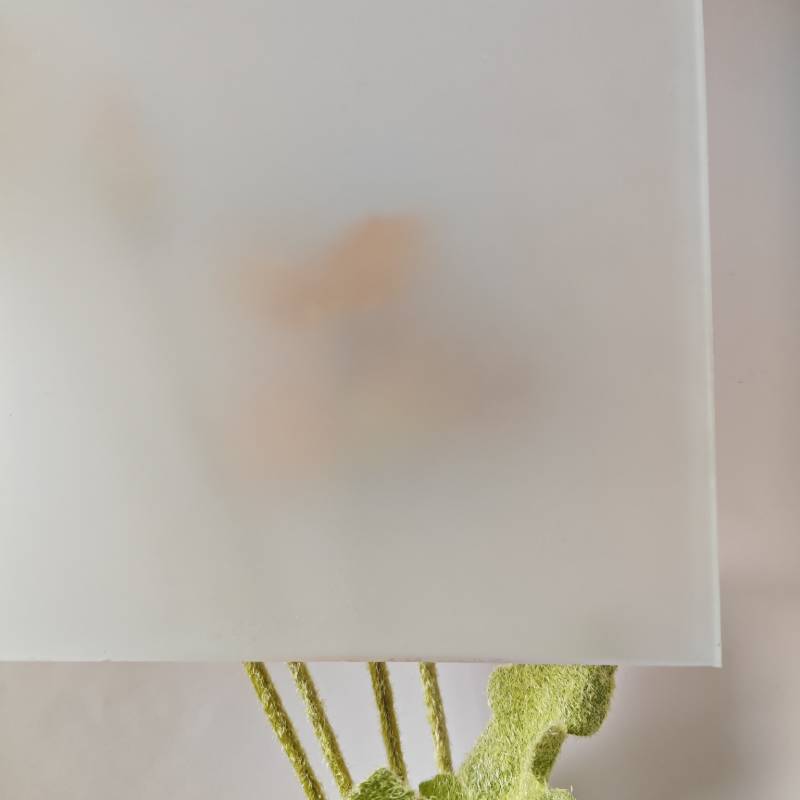

Different Types of Low-E Glass Enhancing Energy Efficiency and Comfort
Low-emissivity glass, commonly known as low-E glass, is designed to reduce the amount of ultraviolet and infrared light that can pass through it without compromising the amount of visible light that enters. This innovative glass technology plays a crucial role in enhancing energy efficiency in buildings, making it an essential choice for architects, builders, and homeowners alike. The different types of low-E glass available in the market cater to varying needs and preferences, each offering unique benefits.
What is Low-E Glass?
Low-E glass is coated with a microscopic layer of metal or metallic oxide that reflects heat while allowing light to pass through. This coating helps control the transfer of heat, keeping buildings warmer in winter and cooler in summer. The primary purpose of low-E glass is to improve energy efficiency, which can lead to significant savings on heating and cooling costs.
Types of Low-E Glass
1. Passive Low-E Glass This type of glass is designed to maximize solar heat gain while minimizing heat loss. It is ideal for regions where cold winters are prevalent, as it allows sunlight to enter, warming interiors naturally. Passive low-E glass typically has a high Visible Light Transmittance (VLT) percentage, making it perfect for sunlit spaces. It is often used in residential applications where energy efficiency and comfort are paramount.

2. Solar Control Low-E Glass In contrast to passive low-E glass, solar control low-E glass is designed to reduce solar heat gain. This type is especially beneficial in warmer climates where excessive heat from the sun needs to be mitigated. By reflecting a significant portion of solar radiation, solar control low-E glass helps maintain comfortable indoor temperatures while still allowing ample natural light. This makes it an excellent choice for commercial buildings and homes with large windows facing the sun.
3. Low-E Glass with Dual Coating Some low-E glass products feature dual coatings, which can simultaneously offer the benefits of both passive and solar control attributes. This versatility allows for effective temperature regulation regardless of the season. Dual-coated low-E glass is particularly favored in mixed climates, where both heating and cooling are essential at different times of the year.
4. Low-E Laminated Glass For added security and noise reduction, low-E laminated glass combines the reflective properties of low-E coatings with the benefits of laminated glass. This type consists of two or more layers of glass bonded together with an interlayer, enhancing structural integrity. Low-E laminated glass is ideal for urban environments where noise pollution is a concern while providing energy efficiency.
5. Low-E Insulated Glass Units (IGUs) Insulated glass units with low-E coatings can significantly improve thermal performance. These units consist of two or more glass panes separated by a spacer filled with argon or krypton gas, enhancing insulation. Low-E IGUs are perfect for residential and commercial buildings, offering optimal energy savings and comfort.
Conclusion
In summary, low-E glass is a remarkable advancement in building technology, offering various options designed to meet diverse energy efficiency needs. By selecting the appropriate type of low-E glass, homeowners and builders can significantly reduce energy consumption and improve indoor comfort. Whether through passive, solar control, dual-coated, laminated, or insulated options, low-E glass is a wise investment for anyone looking to enhance their living or working space while contributing to a more sustainable future. As energy efficiency continues to be a priority, understanding the different types of low-E glass will help consumers make informed choices that benefit both their wallets and the environment.